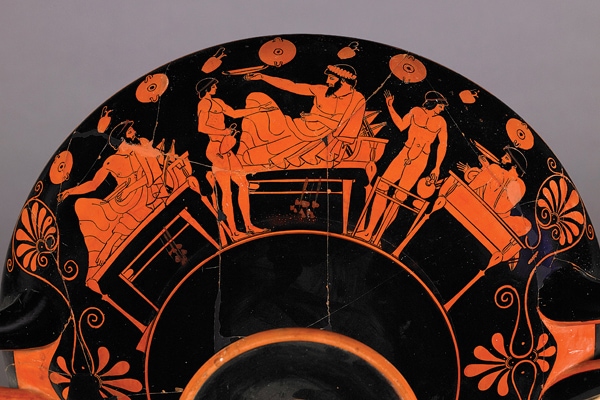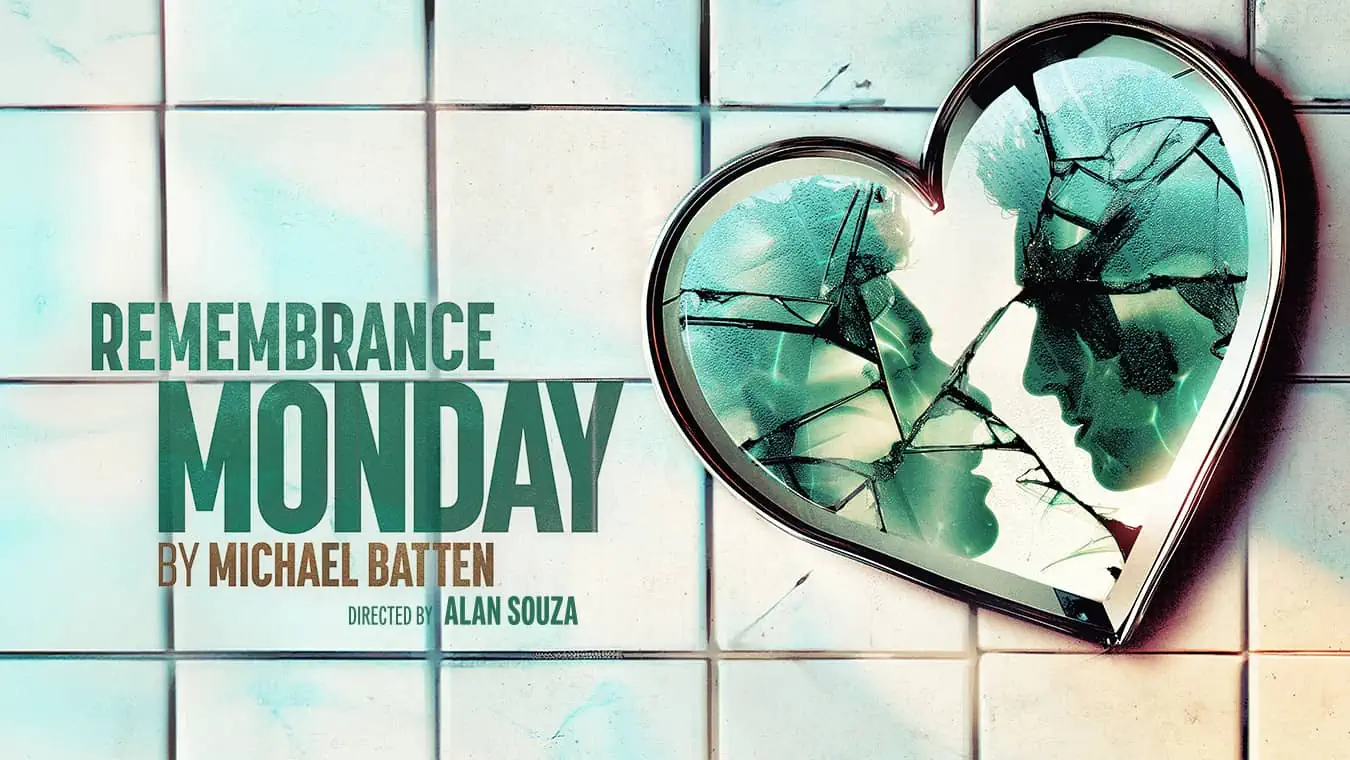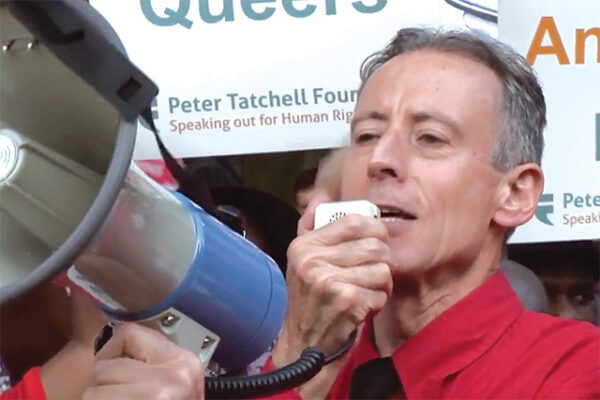Last year A History of the World in 100 Objects was BBC Radio’s second most popular programme. Nearly two million people downloaded it every month. Only a couple of the objects were LGBT related. But that doesn’t mean that the British Museum, which co-produced the radio series, is short of gay relics. To tie in with this year’s LGBT History Month, David McGillivray presents his selection of just 10 of the most fascinating…
Go to the British Museum’s website (full details at the end of the opposite page) and you can follow a trail of some of the objects in the Museum’s collection that have important gay significance. “We were anxious to show the range of desires and genders across all cultures,” says Egyptologist Richard Parkinson, who helped curate the LGBT trail. “Same-sex desire is not just a European or a modern phenomenon.” Consequently the gay trail encircles the globe and covers nearly 4,000 years. It’s one of only six themed trails on the British Museum site. (The others are Leaders and Rulers, Money, Writing, Animals and Time). “It’s a sign of how fully the Museum is committed to LGBT issues,” adds Parkinson.
- *Indicates objects on permanent display at the British Museum, Great Russell Street, WC1, open daily from 10am-5.30pm (later on Fridays). Anyone can make a free application to see objects not on display.
- To see and read about all the objects on the LGBT trail, go to www.britishmuseum.org. Click “Explore” then “Themes” then “Same Sex Desire and Gender Identity.”
- If you’d like to be sent a free map of the LGBT trail, go to Facebook, search for Write Queer London, click “Join” and then send a message with your postal address. The map’s really useful.
- As part of LGBT History Month the British Museum is organising a film day in the Stevenson Lecture Theatre on 19th February. 11am: an episode of Xena: Warrior Princess. 12 noon: Two Spirit People, a short documentary about Native American people who embody masculine and feminine qualities. 1.15pm: Becket starring Peter O’Toole and Richard Burton. 3.50pm: Orlando starring Tilda Swinton, Billy Zane and Quentin Crisp. All tickets are free but must be booked online. Go to www.britishmuseum.org. Click “What’s On” then “Events Calendar” then “Films” then “LGBT Film Day.”

(Neo-Assyrian, 7th century BC)*
We’re lucky that Assyrian King Ashurbanipal, who reigned 669-631 BC, thought it was important to write things down. He amassed a library of tablets that contained not only all kinds of records but also stories. The most famous is the Epic of Gilgamesh, who like Noah survived the Flood. The story also implies to us that Gilgamesh had a sexual relationship with his friend Enkidu. If they did (and if they existed) this is history’s first recorded gay couple. No wonder this is a priceless treasure to all, gay and straight. In 1872, when Museum assistant George Smith identified this Assyrian version of the Flood legend, he “jumped up and rushed about the room in a great state of excitement, and, to the astonishment of those present, began to undress himself.”
The Flood tablet, relating part of the Epic of Gilgamesh. Ninevah, northern Iraq, Neo-Assyrian, 7th century BC

(Egyptian, c. 1350 BC)*
Hor and Suty were architects during the reign (c. 1386-1349 BC) of Amenhotep III. The records on this stela (burial stone) suggest that they were twins. But because some of their details have been deliberately erased (by embarrassed relatives?), some historians believe they also may have been a gay couple. As with an earlier pair, Khnumhotep and Niankhkhnum, who are pictured in their tomb embracing each other, we’ll never be certain about their relationship. But it’s certainly a talking point.
Granite stela of Hor and Suty. Possibly from Thebes, Egypt, 18th Dynasty, c. 1350 BC
3: KYLIX SHOWING AN ALL-MALE DRINKING PARTY
(Greek, c. 485-480 BC)*

Red-figured kylix. Italy, 485-480 BC
4: THE WARREN CUP
(Roman, c. 5-15 AD)*
One of the world’s most famous gay objets d’art, this skyphos (Roman drinking cup) is named after gay American collector Edward Perry Warren, who bought it in 1911 for £2000. Because of its decoration (explicit representations of two male couples having anal sex) it was not exhibited in public until 1999, when the British Museum purchased it for £1.8 million, then a record price for a single item. Although the lovemaking is beautifully captured and draws the eye, don’t miss the surprisingly modern detail in the background: a cheeky male face peering round a door, apparently spying on one of the couples! When it was included as part of an exhibition about sex and society in Ancient Greece and Rome, Museum curator Dyfri Williams said, “We wanted to show this fantastic object in a context in which we could ask how much we understand about attitudes to sexuality when it was made.”
The Warren Cup. Bittir, near Jerusalem, Roman, AD 5-15
The 18th century saw a rise in homosexual subculture as gay men came to big cities, attracted by molly houses, cruising grounds and male prostitution. Organisations often run by Christian zealots sprang up to combat this menace to society. The last mass execution of sodomites in Europe took place in the 1730s in the Netherlands. This broadside (street literature) shows six scenes of gay men being persecuted and executed in Amsterdam.
Dutch broadside showing the persecution of ‘sodomites’. 1730
6: COLOUR WOODBLOCK PRINT
(Japanese, c. 1760)
Kabuki is the highly stylised Japanese theatre in which all roles, male and female, are traditionally played by men and boys. Consequently man-on-man action was not unknown. In this celebrated print, one of an erotic series by Suzuki Harunobu (1724-1770), a young Kabuki actor is fucked by his older patron in a gay brothel. The text at the top of the picture references the work of gay author Hiraga Gennai (1728-79). There’s another voyeur here. The little guy on the right is Maneemon, who ogles amorous couples throughout the series.
Colour woodblock print showing two male lovers. Japan, c. 1770

(Maori, late 18th century)
This is a Maori treasure box from the North Island of New Zealand, used to store the jewellery and feathers of a high-ranking person. Among the intricate carvings are two males embracing sexually. It recognises the culture of the “third gender” (usually effeminate or cross-dressing gay men), which was once prevalent throughout the “uncivilised” world. It was sometimes ruthlessly suppressed by colonists and missionaries (see 9). The fact that this culture existed in similar forms thousands of miles apart suggests that homosexuality was once accepted as a norm.
Colour woodblock print showing two male lovers. Japan, c. 1770

(English, 1818)*
Tory MP William Bankes (1786-1855) diced with death because he had sex with guardsmen at a time when sodomy was still a capital crime. He was arrested twice. On the second occasion in 1841 he was caught in flagrante delicto on a bench in Green Park. He had no option but to escape abroad. He may have returned secretly to his stately home Kingston Lacy. But he died in Venice. This letter dates from the period when Bankes was making major archaeological discoveries in Egypt. Thomas Young asks him to look out for missing pieces of the Rosetta Stone.
Letter from Thomas Young to William John Bankes. 1818
9: WINTER COUNT
(Native American, 1891)
Many Native American tribes commemorated the past year’s important events with pictures and symbols done on so-called Winter Counts. These were usually drawn on buffalo hide, but this relatively late one is on cloth. It records that a “winkte” (literally “wants to be woman”) named Grass committed suicide because he’d been dumped by his male lover. The winkte, who wore androgynous clothes and often performed traditionally female duties, was not only an accepted member of a third gender, he was regarded as special because he had two spirits. European settlers tried unsuccessfully to discourage this practice. (See a film about Two Spirit People at the British Museum’s Film Day. Details left).
Letter from Thomas Young to William John Bankes. 1818

(English, 1966-67)
Hockney’s drawing shows two young men in bed either before or after sex. It’s inspired by a poem, “In the Dull Village”, by the gay Greek writer C.P. Cavafy (1863-1933). In 1966 it could have been declared obscene. But in 1967 homosexuality was partially decriminalised in England and Wales. From then on art was no longer illegal just because it was gay. There’s a direct line from the explicit Warren Cup to the discreet “In the Dull Village” and it’s a depressing reminder of the lack of progress we made in nearly 2,000 years. Since 1967, of course, we’ve caught up quite a bit.
Frances and Keevil















